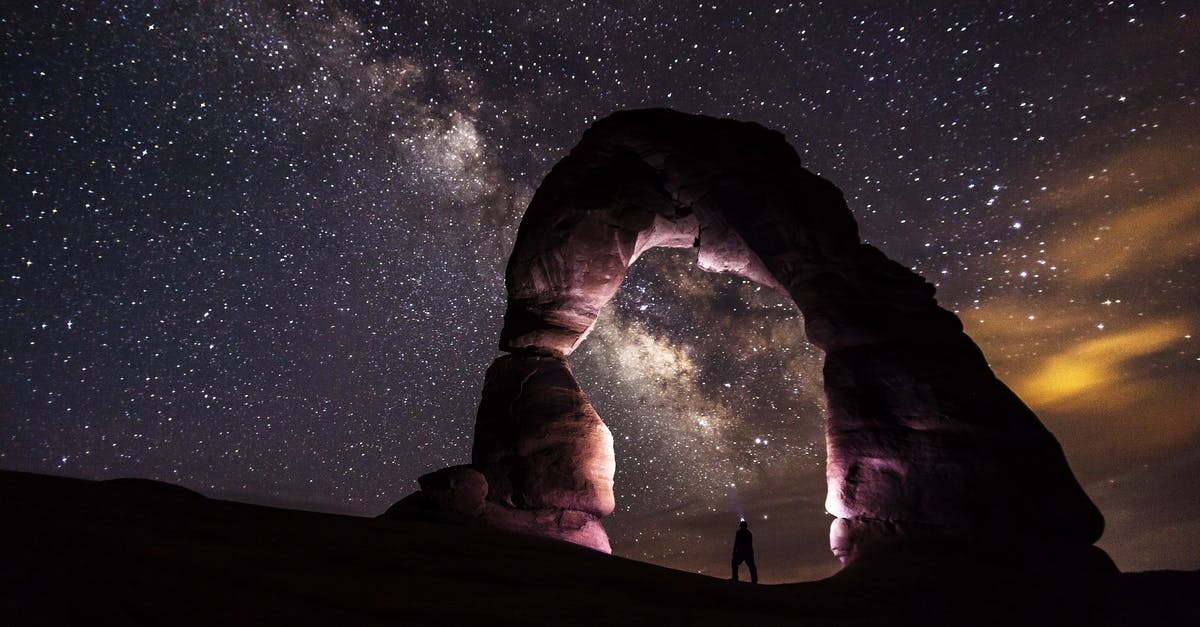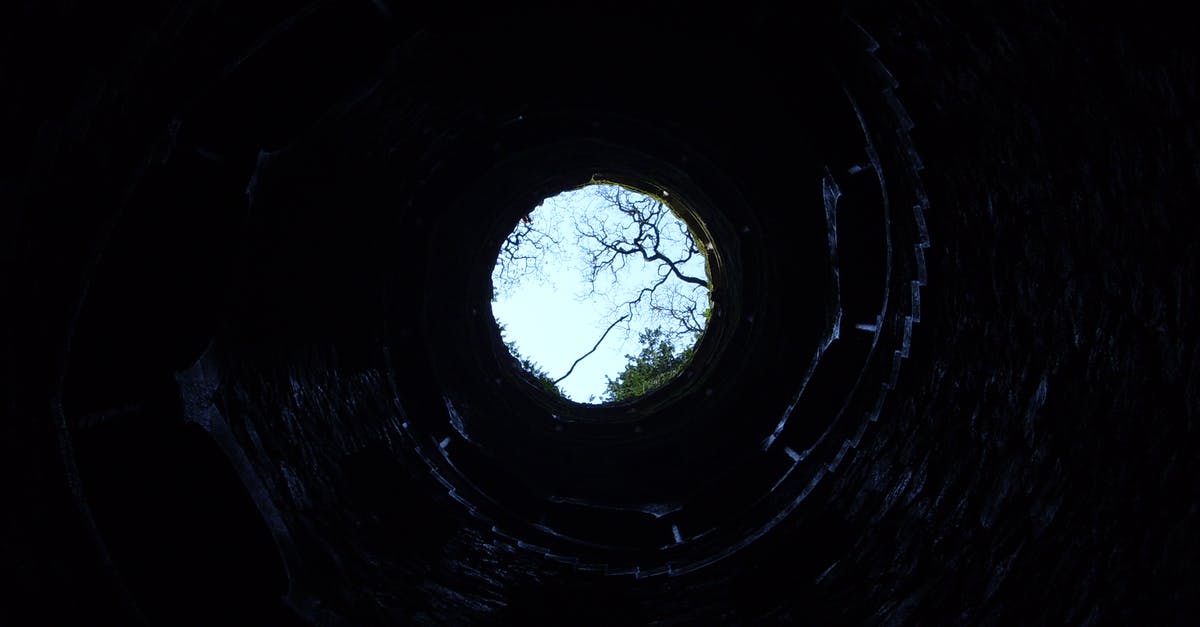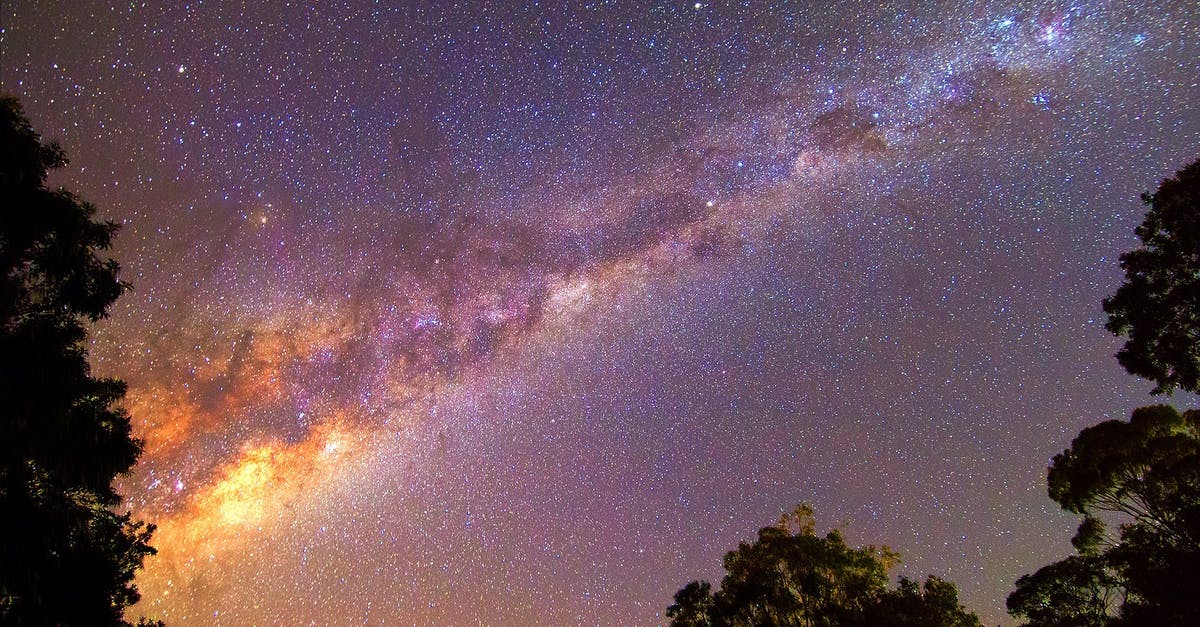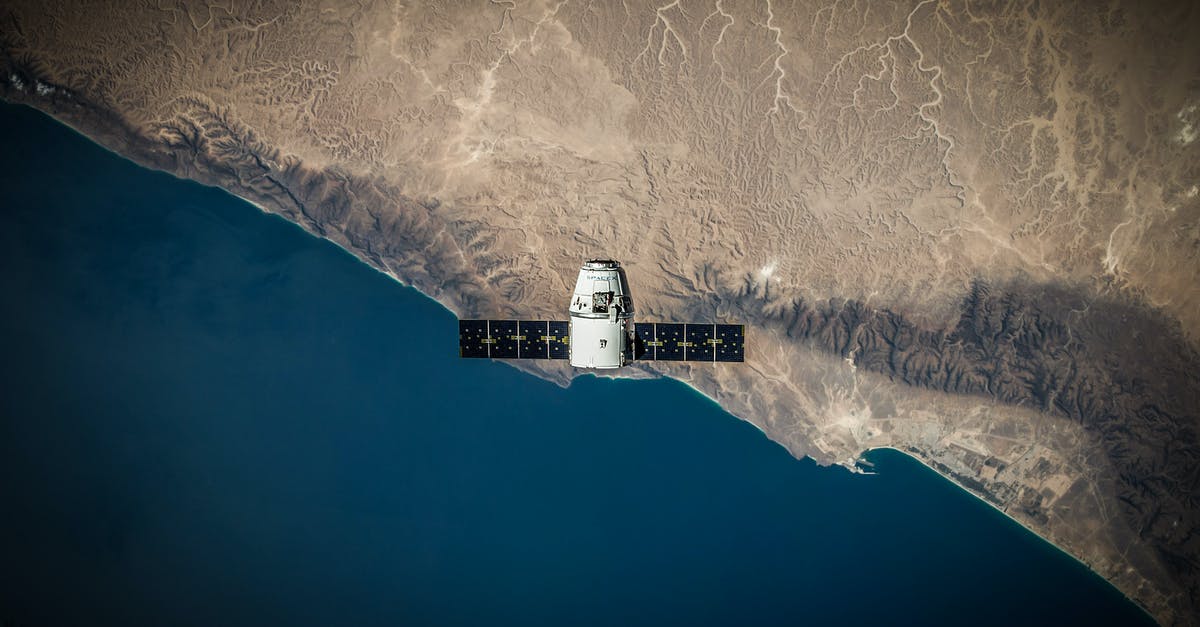Why were certain shots deliberately paced slowly in 2001: A Space Odyssey?

Just to provide a little background, Stanley Kubrick deliberately paced certain shots in near-slo-mo. You can see a ship lingering in the background for an entire minute, as the camera approached it at a hypnotically slow speed. There's a scene that lasts almost 7 minutes, where David exits the ship, floats the entire length of the ship, then arrives at the satellite dish. Even more, these shots were often dead-silent - no dialogue, no music, no sound, nothing.
So why the slow pacing? Don't get me wrong, I love this movie. I love the ideas it presented, and the strikingly beautiful visuals, and the thought-provoking questions it asked. However, I never understood the decision behind the lingering of shots that weren't even part of the climax. Would it make any difference if the shots were made shorter, or even edited out entirely. I appreciate Kubrick's eagles-eye attention to detail, but what effect on the audience did he intend with this particular detail?
Best Answer
I think there are five related and self-reenforcing effects that the pacing in 2001 has. The first two are related to Kubrick's general intentions to make an artistic film; the others are related more specifically to the story and how Kubrick crafted it.
- It impresses upon the audience the scale of the action -- what Kubrick called "the grandeur of space" (see fuller quote below)
- It gives the audience time to think about the experience and take it all in -- to experience the movie's "emotional and philosophical content" and not be overcome by the "momentum of the movie." (Again, fuller quotes below.)
- It establishes technical verisimilitude, allowing Kubrick to "get away" with the more far-fetched aspects of the story (the monoliths and everything related to them).
- It makes the faster-paced and more violent scenes stand out and surprise the audience more.
- Within the story, it accentuates the rationality and "stillness" of human society in the year 2001.
The Nonverbal Grandeur of Space and the Momentum of Movies
Kubrick stated his intentions regarding 2001 in an interview given to Playboy while it was still in theaters:
2001 is a nonverbal experience; out of two hours and nineteen minutes of film, there are only a little less than forty minutes of dialog. I tried to create a visual experience, one that bypasses verbalized pigeonholing and directly penetrates the subconscious with an emotional and philosophic content. To convolute McLuhan, in 2001 the message is the medium.
When the interviewer characterizes certain reviewers as having called 2001 "dull, pretentious, and overlong," Kubrick replies (in part):
Perhaps there is a certain element of the lumpen literati that is so dogmatically atheist and materialist and Earth-bound that is finds the grandeur of space and the myriad mysteries of cosmic intelligence anathema.
So, Kubrick had grand ambitions for 2001 as an art film, and he was trying to provoke intellectual and emotional reactions in the audience. The pacing works together with his use of Cinerama, the sound design, the choice of music, and other elements to convey the scale of both the story itself and Kubrick's intentions.
He says later in the interview:
The very nature of the visual experience in 2001 is to give the viewer an instantaneous, visceral reaction that does not—and should not—require further amplification. Just speaking generally, however, I would say that there are elements in any good film that would increase the viewer’s interest and appreciation on a second viewing; the momentum of a movie often prevents every stimulating detail or nuance from having a full impact the first time it’s seen.
I think this indicates that Kubrick was aware of, and sensitive to, the notion that the audience would be barreled over by too much stimulus if the film were over-paced.
A Far-Fetched Story Grounded in Realism
@HorusKol's answer has already touched on this, so I won't go too far into it, but Kubrick went to great lengths to get details large and small right, employing "a group of thirty-five artists and designers, more than twenty special-effects people, and a staff of scientific advisers" to make sure everything was just so. He brought in Marvin Minsky to talk about what AI might be able to do in 2001. He built the Discovery set as an actual centrifuge on the MGM lot. Legend has it that Planet of the Apes got a special Oscar for makeup effects and 2001 didn't because the apes in 2001 looked too realistic.
The Harvard Crimson's review of 2001 put it thusly:
After we have seen a stewardess walk up a wall and across the ceiling early in the film, we no longer question similar amazements and accept Kubrick's new world without question. The credibility of the special effects established, we can suspend disbelief, to use a justifiable cliche, and revel in the beauty and imagination of Kubrick/Clarke's space.
A Short, Sharp, Shocking Montage
The tapir-meets-bone montage, HAL's assassination of Frank, Dave going in through emergency airlock... when Kubrick wants to turn up the pace, he can. These scenes stand out and have their power of surprise largely because they are cut so rapidly, in comparison to what has preceded them. (Another way they vary is sound -- Frank's rhythmic breathing suddenly gone, the blaring emergency alarms in Dave's pod replaced by the silence of the vacuum he's daring.)
Punctuated Equilibrium
Those rapid, violent scenes all advance the story to new chapters. Since the story is about humanity being propelled to new stages of evolution, the slow pacing helps establish how balanced, stable, predictable and, well, boring life is for the characters before those changes come. (Like the other effects I've discussed here, pacing isn't the only way Kubrick does this -- the dialog and the way the astronauts act does a lot of the work here.) Frank Poole is bored by the birthday video message he receives from 8 light-minutes away, Heywood Floyd gives the least inspiring pep talk ever given to a group of scientists on the moon, and (going way back to the beginning) things were pretty sleepy for Moongazer and his family before the monolith showed up....
Pictures about "Why were certain shots deliberately paced slowly in 2001: A Space Odyssey?"



Is 2001: A Space Odyssey slow?
One reason why \u201c2001: A Space Odyssey\u201d is said to be one of the most boring films of all time is because of its extremely slow and long nature. There are scenes in the film where next to nothing happens and it has an extremely slow build up to the \u201cclimax\u201d of the film.How did they shoot 2001: A Space Odyssey?
The effect was achieved by using a film technique known as slit-scan photography (as well as shooting various paints and chemicals moving in a pool). While the slit-scan process predates Kubrick's film, Douglas Trumbull, the special effects supervisor, adapted and expanded on the technique in new and exciting ways.Why is 2001: A Space Odyssey so weird?
As the film lurched into existence\u2014without a set plot line, much less a finished script\u2014its behind-the-scenes reality often proved as outlandish as its futuristic fiction. Case in point: the anecdotes below, adapted from the new book Space Odyssey: Stanley Kubrick, Arthur C. Clarke and the Making of a Masterpiece.How scientifically accurate is 2001: A Space Odyssey?
Accuracy. 2001 is, according to four NASA engineers who based their nuclear-propulsion spacecraft design in part on the film's Discovery One, "perhaps the most thoroughly and accurately researched film in screen history with respect to aerospace engineering".2001: A Space Odyssey - What’s the Difference?
More answers regarding why were certain shots deliberately paced slowly in 2001: A Space Odyssey?
Answer 2
Kubrick was going for as much verisimilitude as he could get out of the various space scenes.
Space is a vacuum - there is no medium for sound - so Kubrick shot these scenes with no sound except for the sound of David breathing inside his suit.
As for the lingering and slow paced shots - despite the fact that you're in orbit and therefore travelling at breakneck speeds in relation to Earth/Moon/Sun - you move slowly when out spacewalking along your ship, or when docking into a space station, or when landing on the Moon.
Finally, Kubrick wanted the slower pace to separate his (and Clarke's) thoughtful science fiction from the action-packed-exploding-set-effects that had been the standard since the days of Buck Rogers and Flash Gordon.
Sources: Stack Exchange - This article follows the attribution requirements of Stack Exchange and is licensed under CC BY-SA 3.0.
Images: Pixabay, Filipe Delgado, Pixabay, SpaceX
